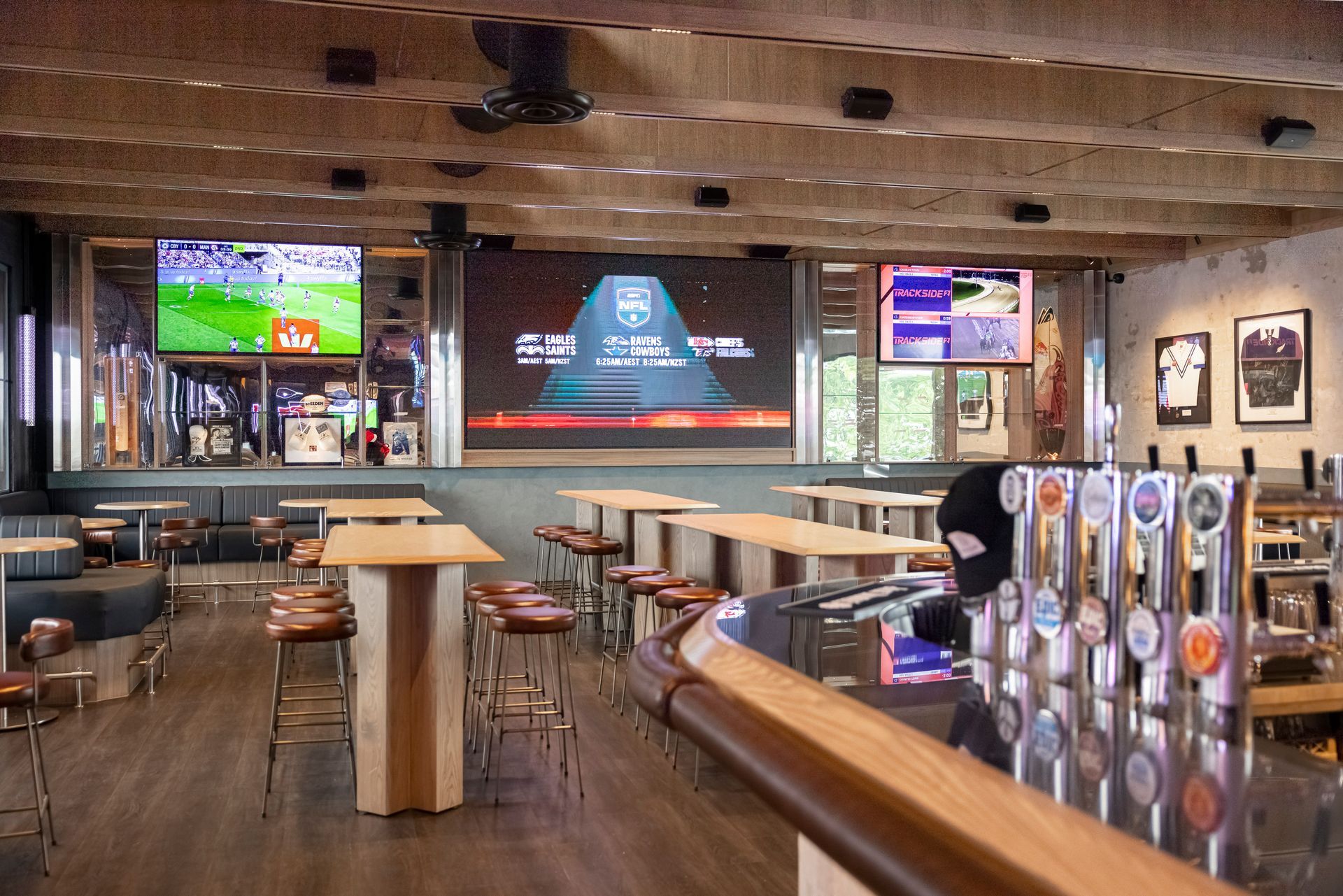By Mitchell Nunis
•
May 8, 2025
The most successful commercial environments don't just appeal to the eye—they speak directly to the brain. At Adrenalen Vision, we design visual experiences based on a deep understanding of how environmental stimuli influence behaviour, emotion, and memory formation. This exploration delves into the powerful psychological principles behind effective visual experiences and how strategic implementation of LED technology can transform ordinary spaces into extraordinary moments that drive measurable business outcomes. The Neuroscience of Visual Impact The human brain processes visual information differently than other sensory inputs. Vision occupies approximately 30% of our cortex—more than any other sense—making visual elements the dominant force in shaping environmental perceptions. Attention and Visual Processing The brain's visual attention system operates on two distinctive pathways: Bottom-up processing : Automatic, involuntary attention captured by movement, contrast, or unexpected elements Top-down processing : Conscious focus directed by goals, expectations, and prior knowledge Effective visual experiences strategically engage both pathways, creating moments that not only capture attention but direct it toward specific objectives. Research by neuroscientists at Columbia University found that dynamic visual elements can increase attention capture by up to 60% compared to static alternatives. In commercial settings, this translates directly to increased dwell time and engagement. The Memory Formation Cycle For visual experiences to deliver lasting impact, they must successfully navigate the memory formation process: Attention capture : The initial "noticing" phase Encoding : Transfer to short-term memory Consolidation : Movement to long-term memory Retrieval : The ability to recall the experience Visual elements that incorporate distinctive features, emotional resonance, and narrative elements have significantly higher rates of successful memory consolidation. A study from the University of California found that environmental elements with emotional significance were 40% more likely to be encoded in long-term memory. Psychological Principles for Visual Experience Design 1. The Peak-End Rule The overall impression of an experience is disproportionately influenced by its most intense moment (the peak) and its conclusion (the end). In commercial environments, strategic placement of high-impact visual moments at key locations creates memorable experiences that influence overall perception. Practical Application : In a hotel lobby, an immersive LED experience at the entrance (peak) combined with a subtle but distinctive visual element near the elevators (end) creates a more memorable arrival experience than evenly distributed displays. 2. Processing Fluency The ease with which the brain processes information directly influences perception. Visual experiences that balance novelty (to capture attention) with processing fluency (to create comfort) achieve the highest engagement rates. Practical Application : Retail environments using LED technology to create distinctive but easily comprehensible visual narratives show average dwell time increases of 21% compared to environments with either conventional signage or overly complex visual implementations. 3. The Gestalt Principles The brain naturally organises visual elements into unified wholes based on principles like proximity, similarity, and continuity. Understanding these principles allows for the creation of more cohesive and impactful visual environments. Practical Application : Visual experiences that maintain consistent design language across multiple displays create a sense of environmental cohesion that reduces cognitive load and increases comfort—leading to longer dwell times and higher satisfaction scores. 4. Color Psychology in Context Colour influences perception and behavior in profound ways, but these effects are highly context-dependent and culturally influenced. Beyond basic associations, color psychology in commercial environments operates through complex interactions with space, lighting, and purpose. Practical Application : LED displays that adapt color temperatures based on time of day and ambient conditions can influence behaviour patterns—cooler tones during high-traffic periods increase movement efficiency, while warmer tones during low-traffic periods encourage lingering and exploration. Industry-Specific Psychological Strategies Hospitality: The Transformation Principle The most effective hospitality environments create a sense of transformation—a psychological shift from everyday experience to something distinctive. Visual technology serves as a powerful transition mechanism. A landmark study by Cornell's Hospitality Research Center found that distinctive visual elements in hotel public spaces increased guest satisfaction scores by an average of 18% while having no impact on perceived value—meaning guests felt they had a superior experience without necessarily expecting to pay more for it. Strategic Application : Immersive LED installations in arrival areas create clear psychological boundaries between the outside world and the property experience, establishing a sense of place that influences perception throughout the guest journey. Retail: The Dopamine-Driven Experience Retail psychology increasingly focuses on creating dopamine-releasing moments—small discoveries and surprises that trigger the brain's reward system. Dynamic visual elements can systematically create these micro-experiences throughout the customer journey. Research from the Journal of Consumer Psychology demonstrated that environments incorporating unexpected visual "rewards" increased browsing time by 27% and purchase likelihood by 17%. Strategic Application : Rather than static displays, retail environments benefit from programmed visual "moments" that create rhythmic discovery experiences as customers move through the space. Sports and Entertainment: Collective Effervescence The psychological phenomenon of "collective effervescence"—the heightened sense of emotional connection created through shared experiences—can be amplified through strategic visual implementation. Studies of sports venue experiences show that synchronised visual moments that engage the entire crowd simultaneously increase both in-moment enjoyment and post-event recall by significant margins. Strategic Application : Large-scale LED implementations that create stadium-wide visual moments during key emotional points (team entrances, scoring celebrations) enhance the formation of emotional memories and strengthen venue association. Measuring Psychological Impact The psychological effectiveness of visual experiences can be measured through both observational and self-reported metrics: Behavioural Indicators Dwell time : The duration spent in proximity to visual elements Movement patterns : Changes in traffic flow and space utilization Engagement behaviors : Observable interactions with or reactions to content Purchase behavior : Conversions or transactions correlated with visual elements Experiential Feedback Memory formation : Recall of specific elements in post-visit surveys Emotional response : Self-reported feelings and associations Brand perception : Changes in brand attribute ratings Return intention : Willingness to revisit or recommend Beyond Aesthetics to Effectiveness The most successful visual experiences transcend aesthetic appeal to create psychological impact that drives business outcomes. By understanding the fundamental principles of attention, emotion, and memory formation, spaces can be transformed from merely being seen to being experienced and remembered. At Adenalen Vision, our approach explores how each environment should make people feel, think, and behave. Only then do we design the visual experiences that will create these outcomes. Ready to explore how psychologically-informed visual experiences can transform your space? Contact our experience consultants to discuss your objectives and discover the right approach for your unique environment.



